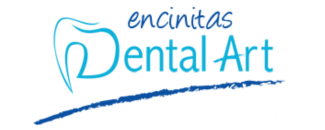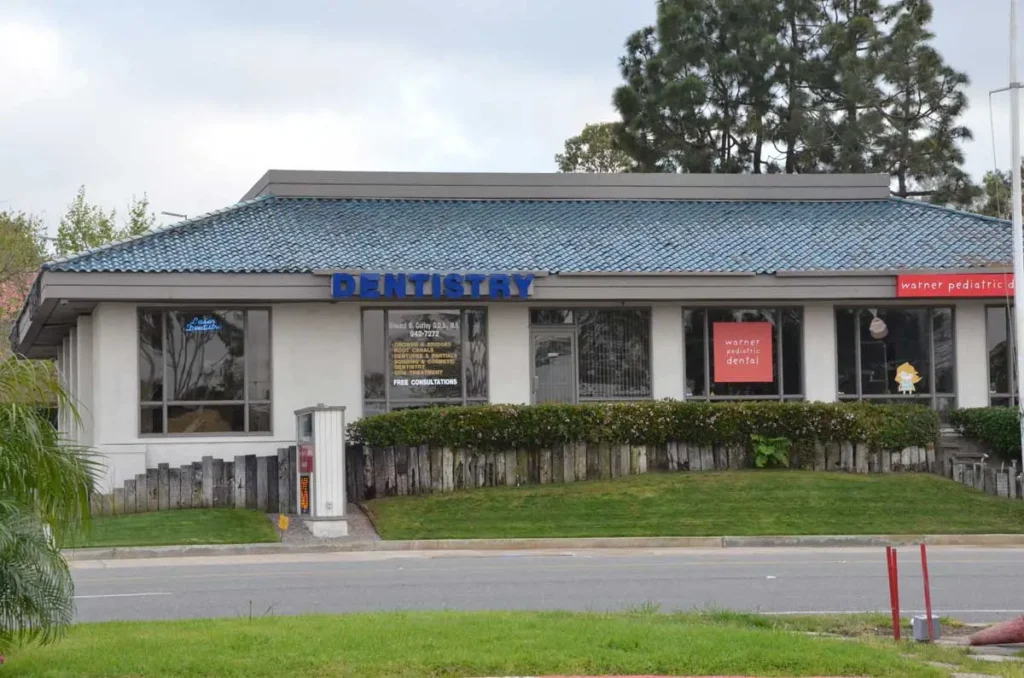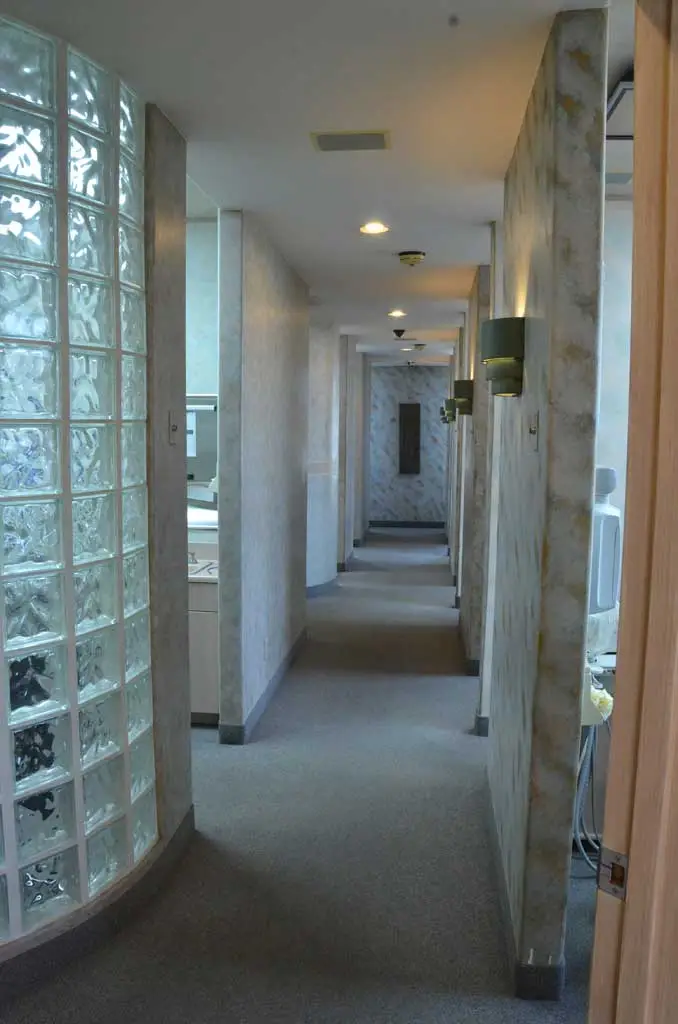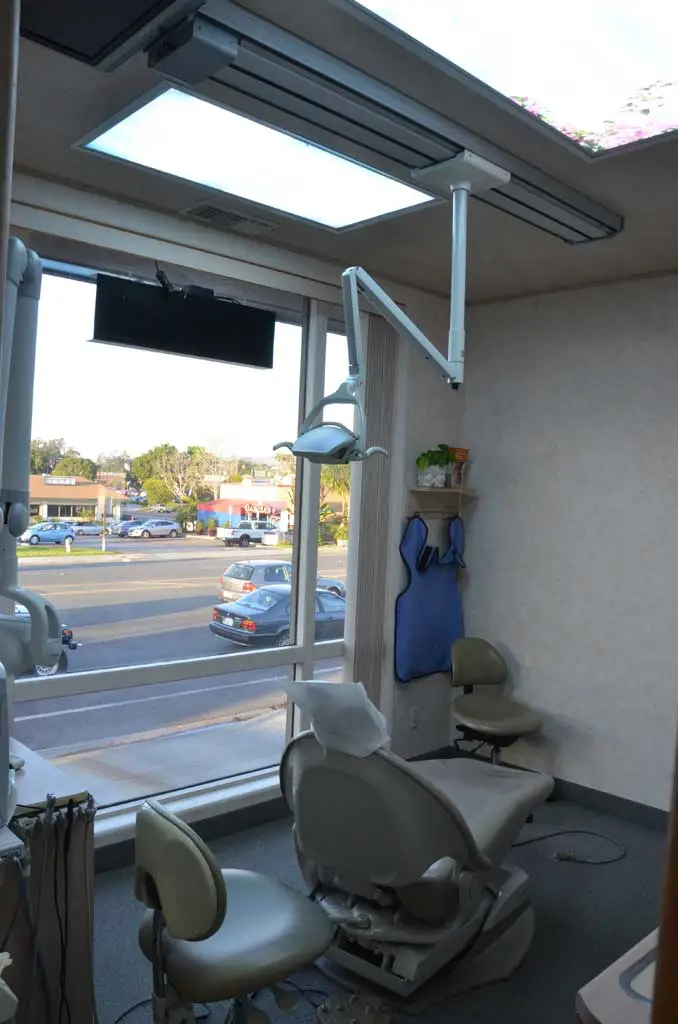Understanding dental terminology can significantly enhance your knowledge and comfort when discussing treatment options with your dental care provider. Here’s a comprehensive dental dictionary provided by Encinitas Dental Art to help familiarize you with common terms you might encounter.










